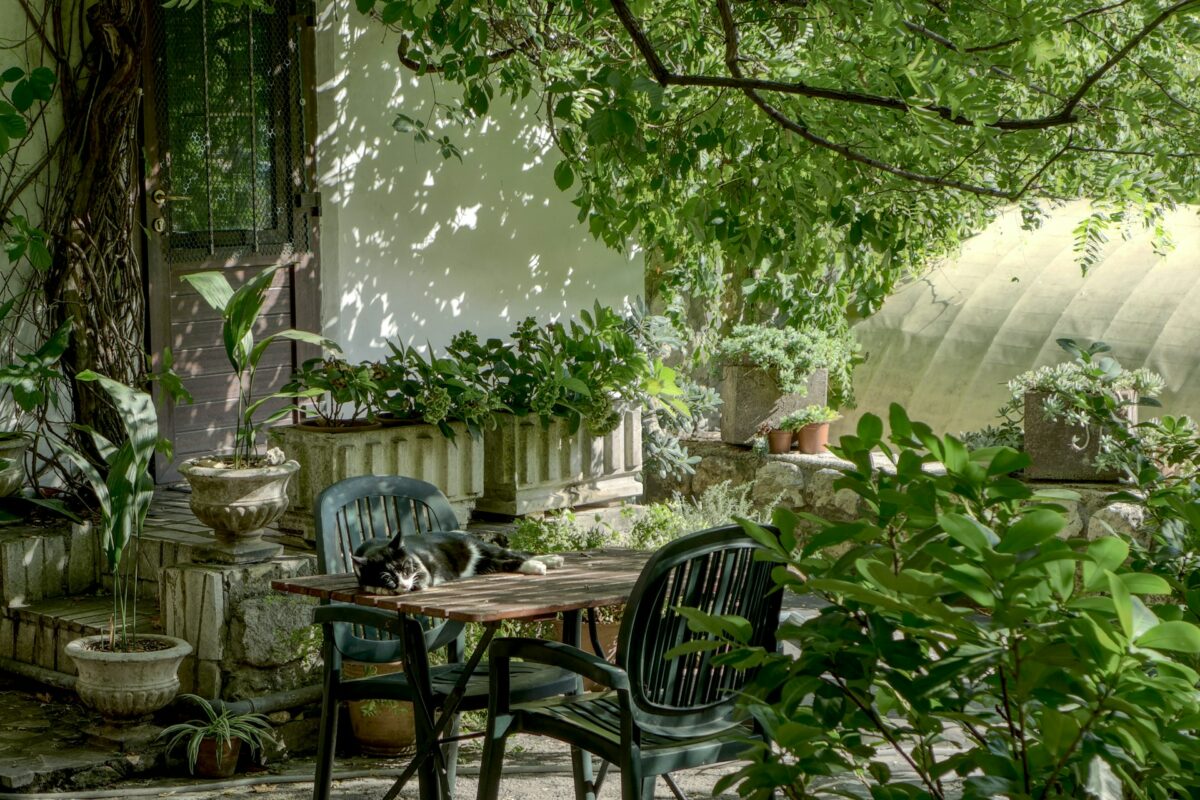Key Takeaways
- Discover practical and sustainable landscaping tips.
- Learn how to improve your garden’s aesthetic appeal and functionality.
- Understand the importance of choosing the right plants and materials.
Introduction
Transforming your outdoor space into a beautiful and sustainable sanctuary can significantly enhance your property’s aesthetic appeal and functionality. Whether you’re a seasoned gardener or a beginner, these essential landscaping tips will help guide you. If you need materials, a reliable landscaping supply store can provide everything you need to turn your vision into reality.
Understanding the basics of assessing your garden, choosing the right plants, and implementing sustainable practices are crucial to creating a thriving outdoor environment. These practices benefit your immediate space and contribute positively to the environment.
Assessing Your Outdoor Space
The first step in transforming your garden is to assess its current state. Take note of sunlight exposure, wind patterns, and soil quality. Create a rough sketch of your garden layout to visualize potential changes. This initial assessment will help you make informed decisions about plant placement and garden design. Evaluate where the sun hits most during the day and where shadows fall. Identifying these areas will assist in determining which plants will thrive and where to place seating areas or pathways.
Soil quality is also essential; conducting a soil test can provide insights into nutrient levels and pH balance. Certain plants require specific soil conditions to flourish, so understanding your soil’s characteristics is beneficial.
Choosing the Right Plants
Selecting the right plants for your garden is crucial for a thriving landscape. Start by understanding plant hardiness zones to help determine which plants best suit your climate. These zones indicate the climatic conditions of a specific area, guiding you on which plants are likely to survive and thrive in local conditions. Incorporate a mix of perennials, shrubs, and trees to add variety and structure to your garden. Each type of plant plays a different role – perennials offer consistent color, shrubs provide shape and privacy, and trees add height and shade.
Native plants are frequently a great choice because they are less maintenance and better suited to the local environment. They are more resistant to local pests and diseases and usually need less water. Moreover, they support local wildlife by providing habitats and food sources. Exotic plants, while beautiful, can sometimes become invasive if not managed properly. Balancing native and exotic plants can add diversity and interest to your garden without compromising sustainability.
Sustainable Landscaping Practices
Sustainability should be at the forefront of your landscaping efforts. Use organic pesticides and fertilizers to shield your plants and soil from dangerous chemicals. Since they frequently contain natural ingredients, these products are less likely to harm the environment over time. An excellent natural soil enrichment method is composting. It lessens waste and gives plants the vital nutrients they need, enhancing the fertility and soil structure.
Mulch is another composting option to moisten the soil and prevent weed growth. Organic materials, such as wood chips or straw, decompose and enrich the soil gradually, making them suitable for use as mulch. These practices promote a healthier garden ecosystem and reduce the need for synthetic interventions. Learn more about sustainable practices from this EPA guide on green infrastructure. It emphasizes integrating natural processes into urban environments to manage water and create healthier habitats.
Hardscaping Essentials
Hardscaping involves using non-plant elements like patios, walkways, and decks to enhance your garden’s functionality and appearance. These elements can create defined spaces for outdoor activities and reduce grassy areas that require frequent maintenance. Choosing sustainable materials like recycled or locally sourced stones can minimize environmental impact. These materials often come with a lower carbon footprint compared to non-recycled options.
Incorporate elements like pergolas or garden benches to create relaxing spots within your garden. Pathways made of gravel or permeable pavers help manage water runoff naturally. Hardscaping adds visual interest and helps reduce lawn maintenance by limiting grassy areas. Properly planning and using these elements can create a cohesive and aesthetically pleasing garden design.
Final Thoughts and Recommendations
It’s a satisfying project that requires careful planning and continuous upkeep to create a stunning and sustainable outdoor area. These helpful suggestions can help you create a flourishing haven in your garden. Remember to source quality materials from a trusted landscaping supply store for the best results. Investing in high-quality supplies ensures the longevity and health of your garden elements.
Enjoy the process and take pride in your unique green space. Your garden reflects your aesthetic sense and contribution to the environment. By creating a sustainable garden, you’re building a little ecosystem that supports wildlife, conserves resources, and provides a tranquil retreat for you and your family. Take each step thoughtfully, and the results will speak for themselves through a flourishing, beautiful outdoor space you can cherish for years.
